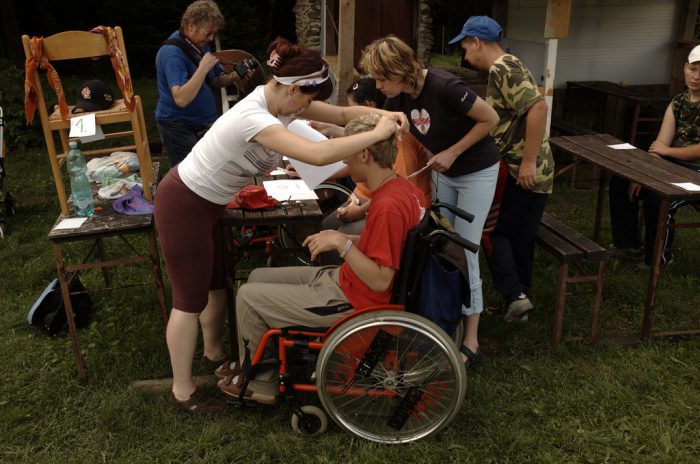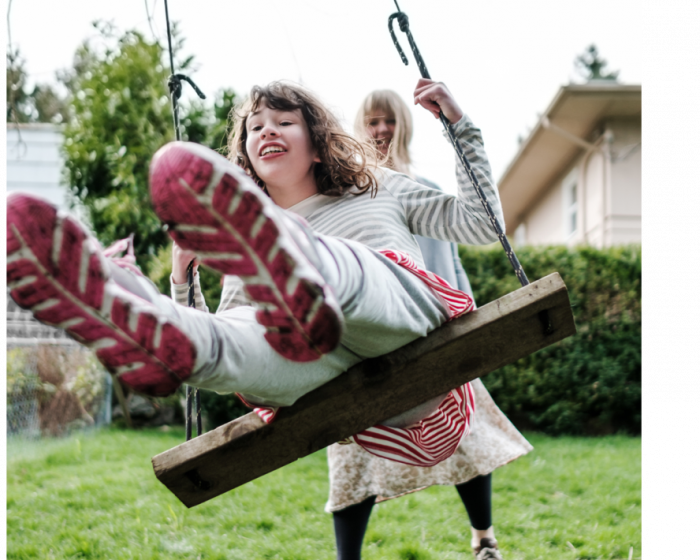In Part Two of our special Hearth series, we look at how best you can prepare for your critical planning meeting.
The NDIS planning meeting plays a critical role in determining what you receive under your approved NDIS plan.
You will need to be as prepared as possible for this meeting. This means you will need to prepare and take to the meeting several key statements which document key aspects of your life.
The sooner you start the better!
All these documents should be brief. Ideally they should be contained to around twelve pages.
You will need to provide as much possible, proof of your needs. It is recommended that the documents and supporting material are sent to the planner a day or two before the planning meeting.
It is very handy to be aware of what you can seek support for. You can find out more about these by referring to the NDIS Price Guide.
It is also important to decide on who should be present at your planning meeting. You should also have an idea of how you will manage the funds you receive under your NDIS plan.
Carer Statement

This is a brief statement which summarises clearly and compellingly what is involved in caring for a loved one. Ideally the statement is not a detailed list of what is done through each hour of the day.
Instead, the statement should include how supporting a loved one impacts a carer and affects their life and that of immediate family members, extended family and others.
It should include how providing care impacts the carer being a valued member of the community (e.g impact on friendships). The Carer Statement can also mention other responsibilities including other people being cared by a carer as well (e.g elderly parents)
Participant Statement
The Participant Statement contains information about living arrangements, safety and health issues, important people in the life of the disabled individual, formal, informal and funded supports needed, daily living essentials and goals.
Goals

It is strongly advised that you attend the planning meeting with a clear idea of the types of goals which are important for your loved one with a disability. These goals will determine the types of support which the NDIS will provide to help achieve the goals.
Goals can be articulated by the person with a disability. If this is not possible, then the carer should articulate this.
The goals should be broad and overarching instead of focussing on detail.
Recommended examples of goals:
I would like more social and community participation.
I would like to be safe while being showered and getting in and out of home.
Not recommended:
I would like my child to go swimming frequently.
I would like to have x equipment.
Articulating broader goals enables planners to list more funded support (line) items under the goals. Importantly, every item listed in your plan will need to relate to a broader goal.
It is recommended that your statement contains between 2 to 5 major goals. If you have more, some may need to be amalgamated.
Other important considerations
Safety and health
If there are safety and health issues which are important to the life of a loved one, the participants statement should include details about these.
These could include for example details about tubes for feeding, continence issues and important health issues.
The planner at the planning meeting will take this into funding consideration in the NDIS Plan.
Substantiating your need for supports

To receive funding for the supports you are seeking, you will need to provide proof that you need the supports.
You may use the following to substantiate your requests.
- Photos (e.g challenges/situations/activities requiring support). You will also have to provide proof that the locations of the photos are genuinely related to you.
- Videos (as above)
- Letters or statements (e.g from witnesses, experts, doctors)
- Progress reports with before & after lists (e.g therapy/upskilling)
- Quotes from service and equipment providers
Who should be at the planning meeting?

When deciding on who should be at the meeting, you need to be mindful that the meeting lasts two hours. Too many people in the room could result in communication difficulties and confusion.
The meeting should be focussed and allow the official planner to capture vital information.
Key attendees ideally include:
- Individual with a disability (at least for a period of time)
- Family members who provide ongoing in-home support
- Teachers
- Key support workers who know the individual or system well (especially in adult services)
Managing your NDIS funds
Prior to the planning meeting, it is recommended that you have some idea of how you plan to manage your NDIS funds. So do think about whether you will:
- Self-manage your funds
- Place your funds with an agency
- Engage a Plan Manager
- Request NDIS to manage your funds
- Use a combination of the above three
Support Coordination
At your planning meeting Support Coordination will also be discussed. It is useful to be aware of this function, how it impacts you and how you could engage these services.
- Support Connection (help with connecting to services in community)
- Support Coordination (help making your plan, funding and goals work for you. Includes crisis management)
- Specialist Support Coordination (very complex cases or needs)More details about the National Disability Insurance Scheme available on the NDIS website: https://www.ndis.gov.au
Special thanks to Sarina Bunnett (Melba Services), Diane Gow (Wavlink), Angela Cotter (Glenallen School) Matthew Yates (CPEC).


